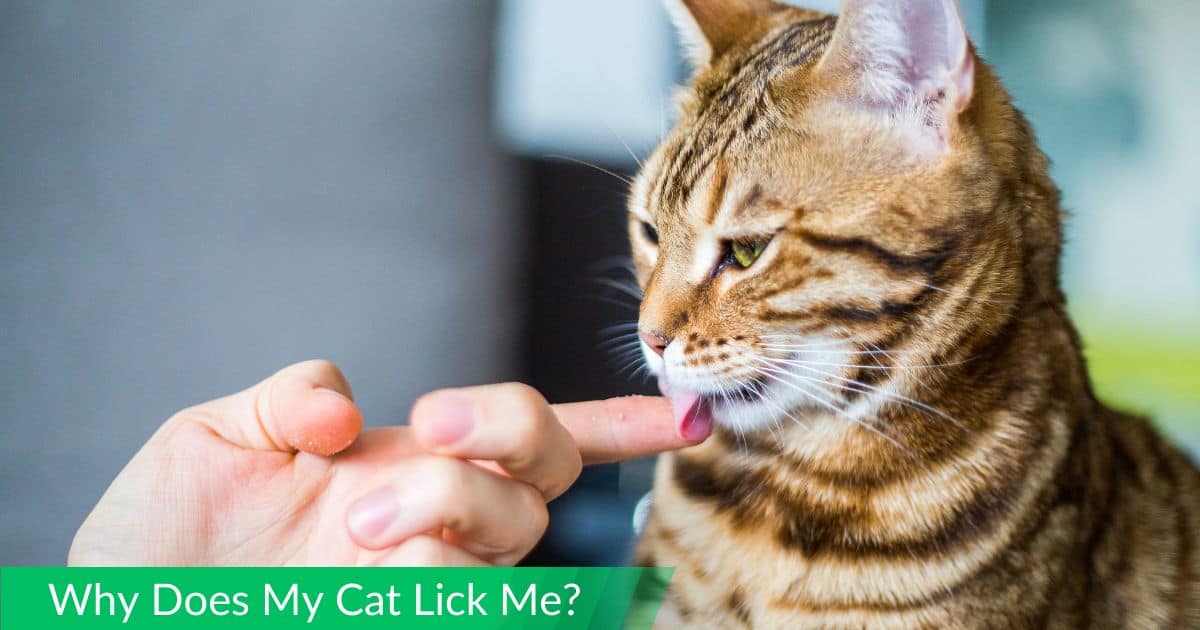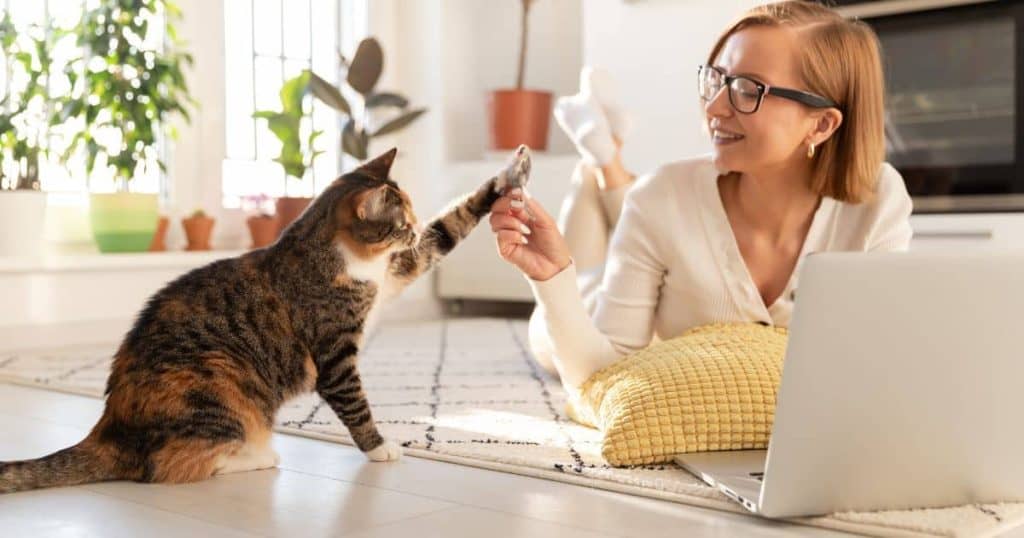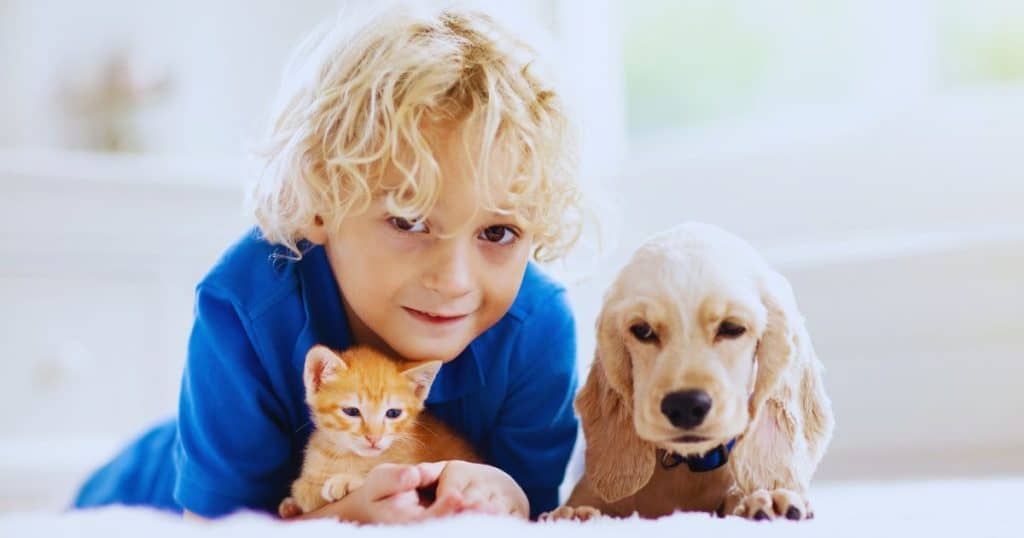Cats possess a distinct method of communication, and one of the most intriguing behaviors they exhibit is their tendency to lick. Whether engaging in self-grooming or demonstrating affection towards their owners, licking serves a crucial purpose in feline communication. This behavior encompasses instinctual grooming and bonding rituals. It is also essential to recognize when licking may indicate underlying issues and to respond appropriately to a cat’s affectionate gestures. This exploration will delve into the fascinating world of feline licking.
Understanding Feline Behavior
Understanding feline behavior is essential for any cat owner seeking to establish a strong relationship with their pet.
Cats are intriguing animals, displaying a wide range of behaviors that offer insight into their emotional states and social requirements.
From their natural grooming habits to their unique communication signals, each action they perform conveys significant information regarding their moods and comfort levels.
By closely observing these behaviors, pet owners can create a nurturing environment that caters to their cats’ needs for affection, ultimately resulting in a healthier and more fulfilling companionship.
Why Cats Lick Themselves
Cats engage in self-licking primarily as a grooming behavior that serves multiple essential functions, including hygiene maintenance and stress relief. This instinctual action is critical for keeping their fur in optimal condition, removing dirt, and preventing matting.
The repetitive motion of licking provides a calming effect, allowing cats to feel more at ease within their environment. This behavior fosters a warm and soothing experience that reinforces their sense of safety, thereby enhancing their overall well-being.
Along with promoting physical cleanliness, this grooming ritual significantly contributes to a cat’s mental health. The act of licking can stimulate the release of endorphins, which aids in alleviating anxiety and encouraging relaxation.
Cats may exhibit increased grooming behavior in stressful situations, indicating its role as a coping mechanism. Furthermore, social grooming among cats can strengthen interpersonal bonds, fostering companionship and trust.
By recognizing these varied benefits, cat owners can gain a deeper appreciation for why their cherished companions engage in this natural and instinctual behavior.
The Meaning Behind Cat Licking
The act of a cat licking transcends basic hygiene; it serves a crucial function in communication and the formation of bonds between felines and their owners.
When a cat licks an individual, it typically signifies affection, trust, and a desire for companionship. This behavior mirrors the grooming rituals observed in their social interactions, highlighting their instinctual need for connection and reassurance.
Through licking, cats convey their attachment to their human companions, thereby reinforcing the emotional bond that exists between them.
Possible Reasons for Licking Behavior
There are numerous potential reasons for a cat’s licking behavior, which can range from grooming and self-soothing to expressing affection and alleviating anxiety. Licking serves as a form of physical touch that fosters bonding and emotional connection between the feline and its owner.
However, excessive licking may indicate underlying stress or anxiety, underscoring the importance of understanding a cat’s behavioral cues to enhance its overall well-being. By recognizing these signs, pet owners can provide the necessary support to alleviate any distress and strengthen the human-animal bond.
This behavior may also be deeply rooted in a cat’s instinctual nature, as felines often lick to maintain their hygiene and remove scents from their fur.
When a cat licks its owner, it may be mimicking parental grooming behaviors learned during kittenhood, thereby reinforcing a sense of trust and safety. Emotional states also play a significant role; a content or relaxed cat is likely to engage in gentle licking, while increased licking episodes may signify discomfort or a need for reassurance.
By paying close attention to these nuances, pet owners can improve the overall emotional health of their beloved companions.
Why Cats Lick Their Owners
When cats lick their owners, it represents a significant demonstration of bonding and affection, underscoring the trust and emotional connection shared between them.
This behavior indicates a cat’s comfort and contentment in the presence of its owner, functioning as a form of communication that surpasses verbal interactions.
Through licking, cats convey their love and reinforce their attachment, thereby fostering a nurturing environment in which both the pet and the owner can thrive emotionally.
Recognizing this aspect of feline behavior can greatly enhance the relational dynamics within a household.
Bonding and Affection
Bonding and affection are essential components of the relationship between cats and their owners, with licking serving as one of the most significant displays of attachment. Through this behavior, cats effectively communicate their loyalty and desire for companionship, fostering an atmosphere that enhances their emotional well-being.
When a cat licks its owner, it transcends mere physical gesture; it is a profound manifestation of trust and affection. This simple act can greatly strengthen the emotional connection between them, making the owner feel valued and appreciated.
It cultivates a sense of belonging that is crucial for both the cat and its owner. Such mutual displays of affection not only enrich daily interactions but also serve as a reminder of the deep loyalty inherent in this unique bond, ultimately nurturing a harmonious household in which both the cat and its owner can thrive emotionally.
Communication and Grooming
Communication and grooming in cats are interconnected facets of their social behavior, with licking serving as a crucial link between these two important elements. Through grooming behaviors, cats not only maintain their hygiene but also convey affection and establish their social status within their territory.
Such interactions can offer reassurance and strengthen relationships, fostering a positive environment where both felines and their owners feel secure and connected.
Mutual grooming, commonly referred to as allogrooming, allows cats to build bonds with one another, which is essential for establishing social hierarchies. These behaviors underscore the intricate dynamics of their interactions, revealing a fascinating blend of instinct and emotion.
The act of grooming not only provides comfort to the cat but also signifies trust; the more a cat permits another to groom them, the deeper the bond that is formed.
Recognizing this interplay can enhance communication between owners and their pets, as understanding these signals improves the human-cat relationship and highlights the importance of these behaviors in their daily lives.
When Cat Licking Becomes a Problem
Licking is a typical behavior exhibited by cats; however, it may become problematic when it escalates to excessive licking, which can indicate potential underlying issues that require attention.
This behavior may arise from factors such as anxiety, stress, or even medical conditions. It is essential for owners to recognize the signs and understand their cat’s behavioral patterns.
By addressing these issues promptly, pet owners can assist their feline companions in finding relief and restoring a balanced emotional state.
Excessive Licking and Potential Issues
Excessive licking in cats can be a concerning behavior, often leading to health complications or signaling underlying emotional disturbances.
When cats engage in this behavior, it may serve as a coping mechanism for stress or anxiety, making it imperative for owners to remain attentive to their pets’ emotional and physical well-being. Understanding the behavioral cues can assist in identifying the root cause of excessive licking and inform appropriate interventions.
Cats that exhibit excessive licking may experience skin irritations, infections, or hair loss, which not only jeopardize their health but can also result in substantial veterinary expenses.
It is essential for caregivers to recognize signs of anxiety, such as hiding or aggression, and to evaluate any environmental changes that may be triggering these behaviors.
Providing a stable routine, engaging in regular play, and ensuring a comforting environment can help alleviate stress. Consulting with a veterinarian may yield valuable insights into behavioral therapies or dietary modifications that can calm an anxious feline.
Investing time in understanding these patterns not only enhances the health of the pet but also strengthens the bond between the owner and the cat.
How to Respond to Your Cat’s Licking
Effectively addressing your cat’s licking behavior is crucial for maintaining a healthy relationship and ensuring their emotional well-being. Utilizing positive reinforcement techniques can promote desirable behaviors, while setting appropriate boundaries can help mitigate potential issues associated with excessive licking.
Understanding the unique needs of your cat and providing emotional support are essential elements of effective pet care, contributing to a more balanced and harmonious living environment.
Positive Reinforcement and Boundaries
Utilizing positive reinforcement represents an effective strategy for encouraging desirable behaviors in cats, while the establishment of boundaries can prevent excessive licking and other unwanted habits. By rewarding felines for positive behaviors, owners can strengthen the emotional bond and create a nurturing environment that addresses their cat’s needs.
This balanced approach fosters a sense of security and well-being, thereby reinforcing the human-animal connection.
Such techniques not only assist in curbing potentially problematic behaviors but also promote an understanding of acceptable actions. When a cat receives praise or treats for refraining from excessive licking, it begins to associate good behavior with positive outcomes. This encourages a harmonious coexistence in which both the cat and the owner feel fulfilled and valued.
Establishing clear boundaries enables the feline to navigate its environment safely, reducing anxiety and fostering a more relaxed demeanor. Ultimately, these strategies contribute to a happier, healthier cat, thereby enhancing the overall quality of life for both the pet and its owner.
Frequently Asked Questions
Why does my cat lick me?
Cats lick their owners as a form of grooming and affection. It’s their way of showing love and bonding with you.
Is it normal for my cat to lick me?
Yes, it’s completely normal for cats to lick their owners. It’s a natural behavior for them.
Why does my cat lick me when I pet them?
Cats may lick you while being petted because they are happy and content. They may also see you as their family and want to groom you like they would a fellow cat.
Why does my cat lick me when I’m sweaty?
Cats may lick you when you’re sweaty because they can taste the salt on your skin and find it appealing. They may also be trying to clean you like they would clean themselves.
My cat licks me and then bites me, why?
Some cats may exhibit this behavior when they become overstimulated or playful. It’s their way of showing affection, but they may get carried away and accidentally bite you.
Why does my cat lick my hair?
Cats may lick your hair because they are attracted to the natural oils on your scalp. It’s also a way for them to groom you and show their affection.



Pingback: Can Cats Eat Watermelon? A Complete Guide To Safety - The Trendian